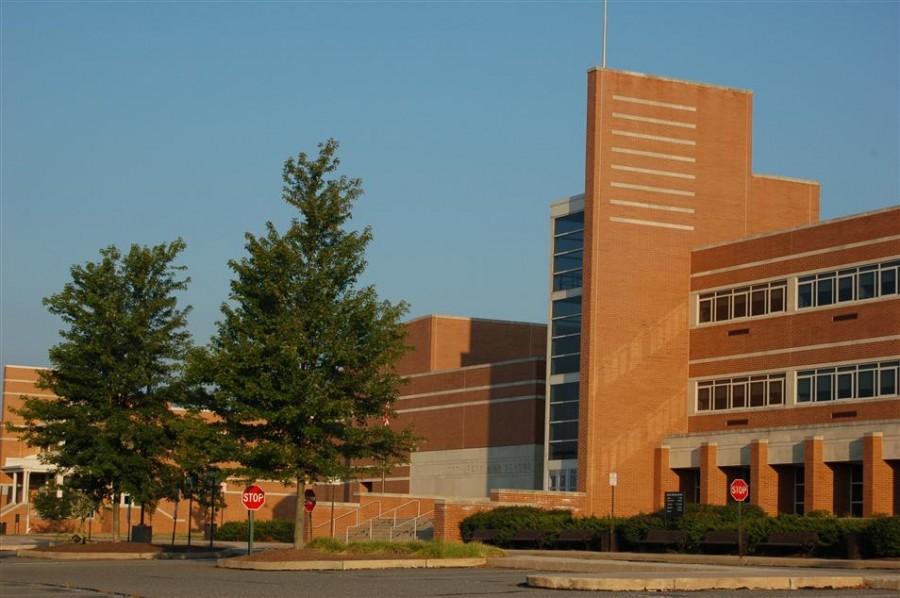In wake of national school violence issues, a look at North Penn’s preparedness
North Penn High School
In an educational environment, oftentimes news stories from around the nation cause us to re-examine what we’re doing right here at home.
In the news, people see an increasing number of school shootings, which continue to terrify students. On November 30th, 2021, Ethan Crumbley, a student at Oxford High School, Michigan shot and killed four people. This violent attack is one of many school shootings that happen across the country, every year. Several hours before the shooting, Ethan was in a meeting with a school counselor and his parents for drawing several disturbing images on a paper and shopping for ammunition online in school. While counselors insisted that he be taken home, Ethan’s parents were adamant that he stay, and he was sent back to class thanks to his calm demeanor. In Michigan, it is legal for schools to send students back home, despite what they or their legal guardians say. Yet he still went back to class, and later killed four people and injured eight.
According to Education Week this year, there have been thirty-one school shootings. Twenty-three of these have occurred since August. All in all, twelve people were killed and fifty-three were injured. Nine of the twelve victims were students, and the other three were teachers. There is an epidemic spreading through the country, of these vicious attacks on schools, mainly executed by students themselves. For many schools, these students slip through the gaps and carry out horrific acts of violence. One of the main reasons that Ethan Crumbley was let go was because the school was afraid of the legal problems that may have come from overlooking his parents’ wishes for him to go home. The school’s hesitation was received with dire consequences, something that would’ve been entirely avoidable.
Aside from lockdowns and security guards, there are other safety measures put in place to protect students and faculty. Psychological checkups and evaluations by counselors are used to determine if a student is dangerous, but is it enough?
Here at North Penn, staff conduct something called a behavioral threat assessment, which is mandated by state law.
“When something gets reported to us, we go through a process of fact finding and investigation to see what’s the underlying cause to this person’s anger or resentment, or whatever it is,” Mr. Chris Doerr, North Penn’s coordinator of emergency management and safe schools, said.
Every school has a team dedicated to threat research, and there is a district-wide team that regulates those smaller teams. North Penn has personally adopted a safety procedure model Called CSTAG, meaning comprehensive school threat assessment guideline, which is used to format these teams for any given threat. The program is meant to prevent threats from coming from within the school. There are also many ways in which North Penn prevents outside threats.
“There is training for staff in response to every emergency. We make sure to go through lockdown drills, and we make sure that we are ready for anything,” Mr. Pete Nicholson, North Penn High School Principal, said.
Substitutes are also trained in these procedures, making sure that all staff is well versed in the policy. Improvements such as these should continue to be made in order to prioritize safety. Taking a look at the dangerous situations that happen within schools, districts should improve safety policies based on that. Students deserve to be completely at peace as they navigate regular school life.
“Anytime something happens in the news, we’re always taking a look at what happened, and applying the lessons learned here at North Penn,” Doerr said.
We are living in a time where school shootings are common, and it is normal for students to feel fear as they enter a building where they are meant to learn and prepare for their futures. Schools should prime their focuses towards keeping students and faculty entirely safe so that nobody has to feel this way. The steps that districts are taking towards implementing more security measures, such as in-depth training with each staff member and more structured psychological analysis of students are leading the way towards a safer school environment. But we still have a lot to do before school climates feel more secure for the students and faculty.


